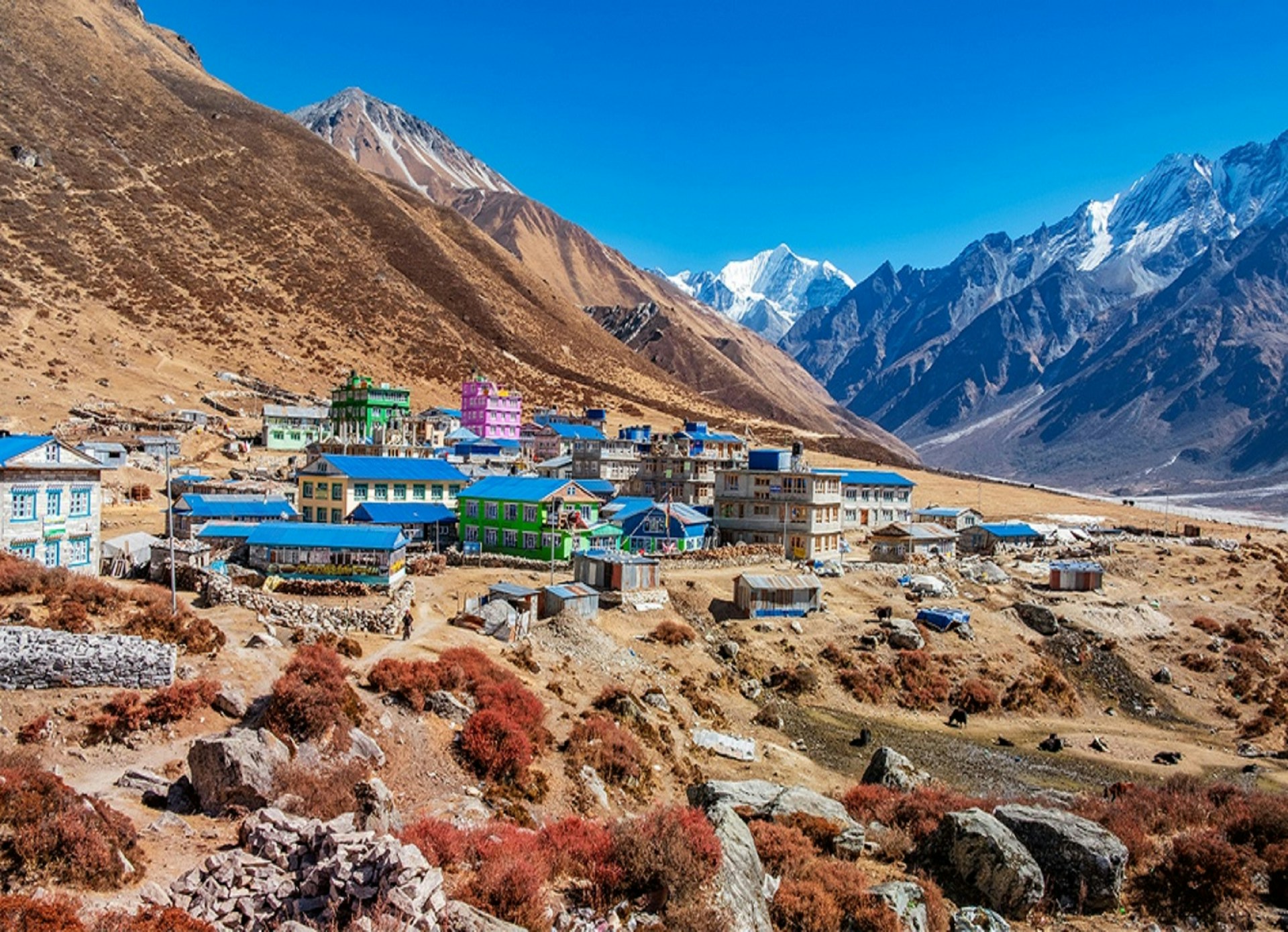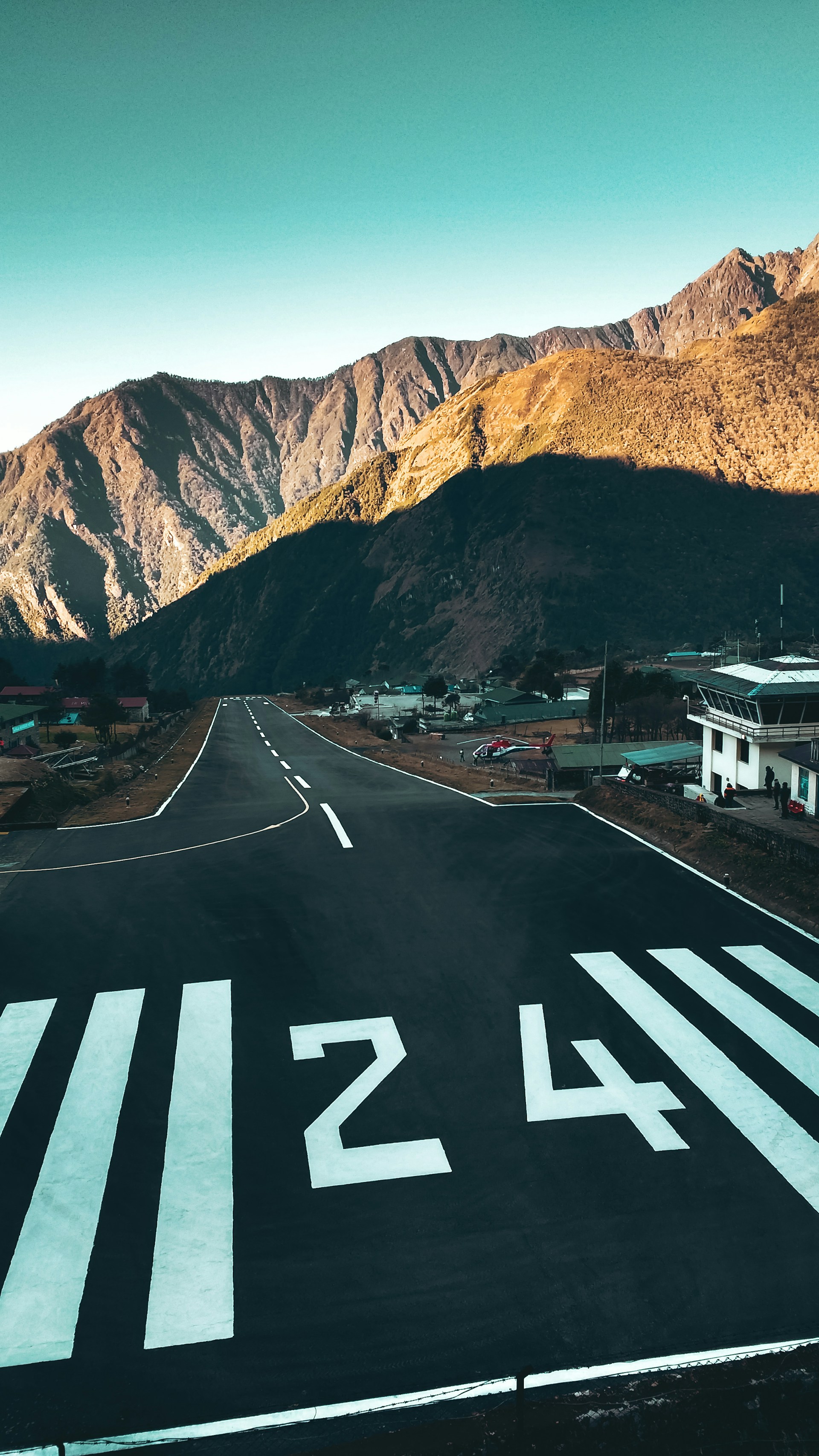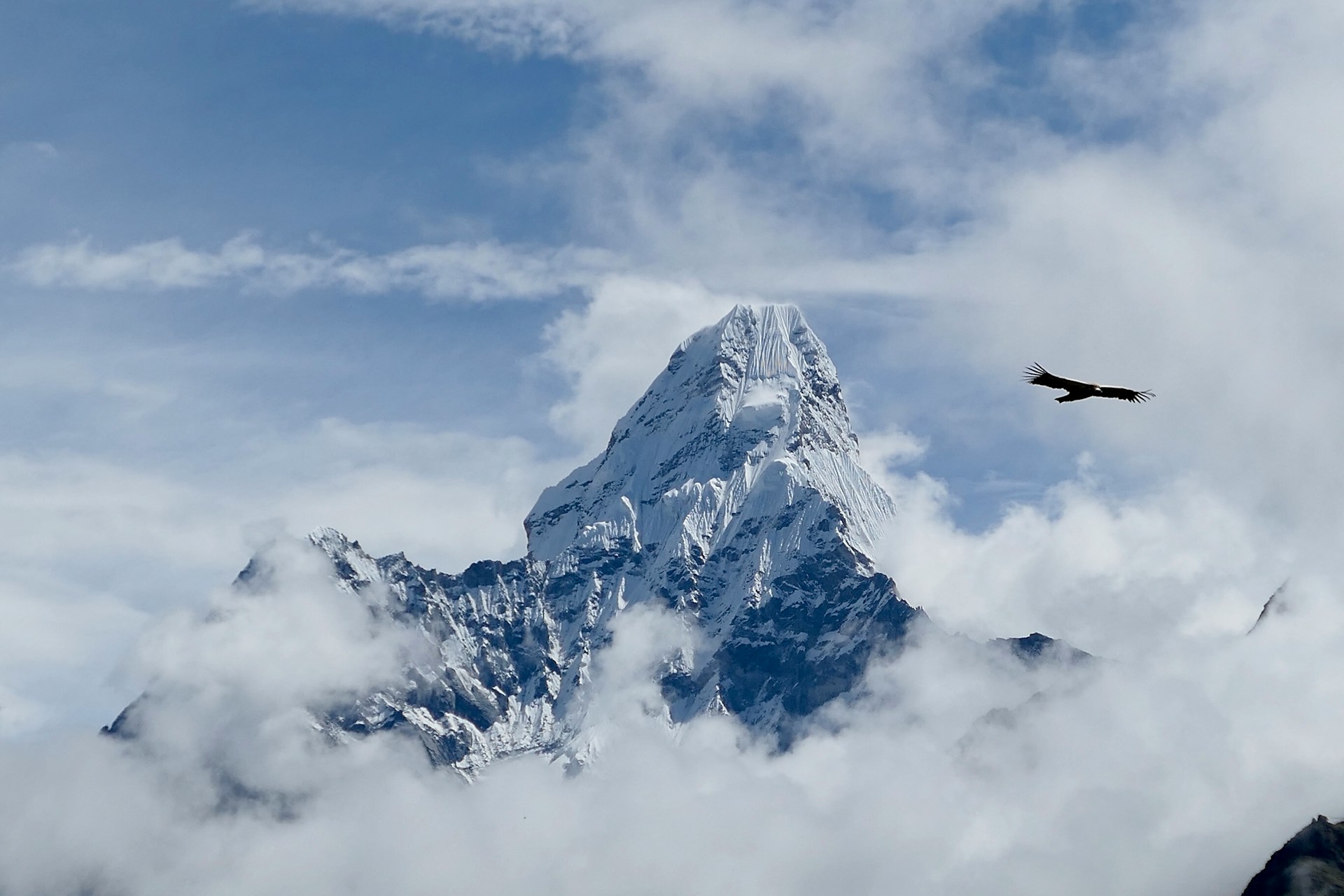The Annapurna Circuit Trek: A Legendary Himalayan Adventure
The Annapurna Circuit Trek is a renowned adventure with diverse trekking routes, weaving through the heart of the Annapurna region. This trek, which ranges from 160 to 230 kilometers (100 to 145 miles) depending on transportation and the specific route, circles the impressive Annapurna Peak and traverses two distinct river valleys.
The trek reaches its highest point at Thorung La Pass, located at 5,416 meters (17,769 feet), where the path approaches the Tibetan plateau. To make the challenging crossing of Thorung La Pass safer and more manageable, most trekkers follow the route in a clockwise direction.
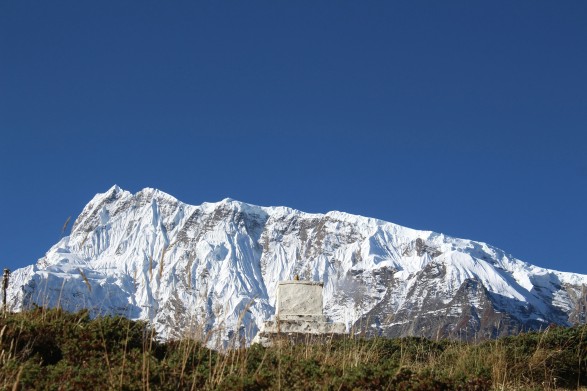
Experience the majestic Annapurna Circuit Trek, offering awe-inspiring mountain views, serene trails, and a journey through the heart of the Himalayas.
Along the way, you'll be treated to close-up views of stunning peaks such as Annapurna I–IV, Dhaulagiri, Machhapuchhre, Manaslu, Gangapurna, Tilicho Peak, Pisang Peak, and Paungda Danda. The Annapurna range is also surrounded by many other impressive peaks rising between 6,000 and 8,000 meters, offering a spectacular backdrop to your trek.
The Annapurna Circuit is widely acclaimed as one of the best long-distance treks in the world. Its diverse landscape and cultural richness make it a unique adventure.
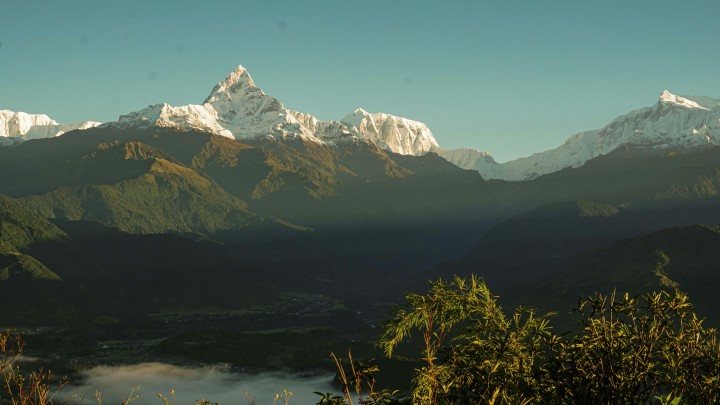
Discover the serene landscapes along the Annapurna Circuit Trek, where lush valleys, picturesque villages, and stunning mountain vistas create a peaceful and immersive trekking experience through the Himalayas.
Diverse Climate Zones
The trek offers an incredible journey through various climate zones. Starting from 600 meters above sea level (asl) in the tropical lowlands, you climb to the arctic conditions at Thorong La Pass, which stands at 5,416 meters asl. This range of altitudes provides trekkers with an extraordinary range of experiences, from lush, subtropical forests to high-altitude deserts.
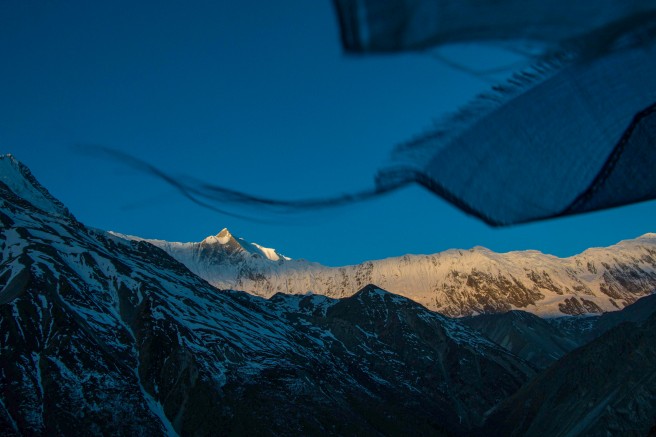
Experience the scenic trekking path through Annapurna's stunning trails, offering trekkers breathtaking views of majestic mountains, lush forests, and charming villages, making it an unforgettable journey in the heart of the Himalayas.
Cultural Variety
The Annapurna Circuit also provides a rich cultural experience. Trekkers pass through traditional Hindu villages in the lower mountains, where you can experience the vibrant local customs and traditions. As you ascend, the culture shifts to Tibetan influences in the Manang Valley and lower Mustang, offering a fascinating glimpse into the unique Tibetan way of life.
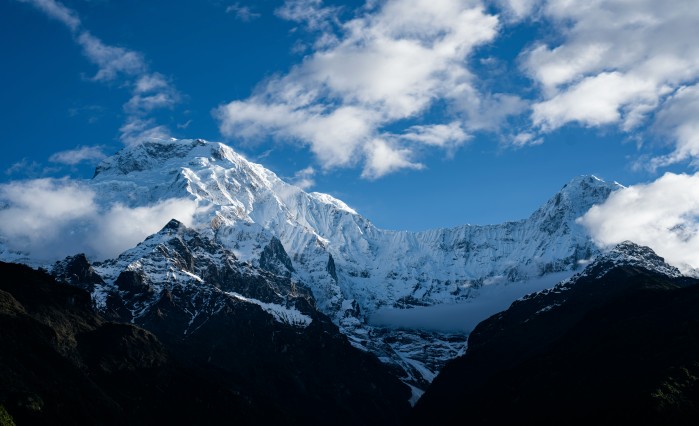
Discover the dramatic peaks and tranquil valleys of the Annapurna region, where towering mountains meet serene landscapes, offering an unforgettable trekking experience surrounded by natural beauty and vibrant culture.
Modern Developments
In recent years, parts of the trek have been affected by the development of roads, such as the Besisahar-Manang road. This new infrastructure is making mountain biking more popular in areas like Mustang, as travelers seek alternative ways to explore the region.
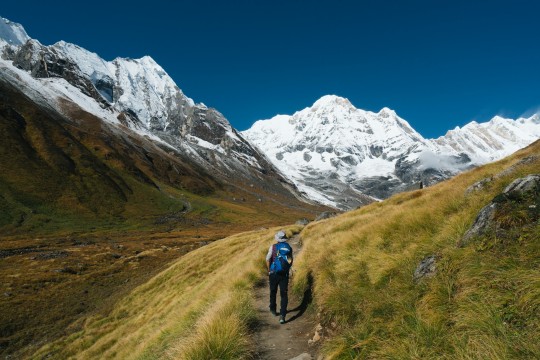
Experience the breathtaking Annapurna Circuit Trek, where diverse landscapes, from lush valleys to towering peaks, create a challenging yet rewarding adventure.
Annapurna Circuit Trek: Challenging Himalayan Adventure
Many trekkers naturally want to know how challenging the Annapurna Circuit Trek is before deciding to invest their time and money into the journey. While the trek does present challenges, it is not excessively difficult for those with a good level of fitness. The trek’s difficulty arises from several factors, including steep climbs, long distances, high altitude, and occasionally basic facilities.
The Annapurna Circuit requires navigating steep, climbing routes and covering vast distances, which can be physically demanding. Additionally, the high altitude of up to 5,416 meters (17,769 feet) at Thorong La Pass presents a challenge that requires proper acclimatization to avoid altitude sickness. Facilities along the trek can be basic, especially in more remote areas, which may require trekkers to adapt to simpler living conditions.
Overall, while the Annapurna Circuit is challenging, it is achievable for most people with proper preparation and fitness. Understanding these challenges and preparing adequately can help make the trek as comfortable and enjoyable as possible.
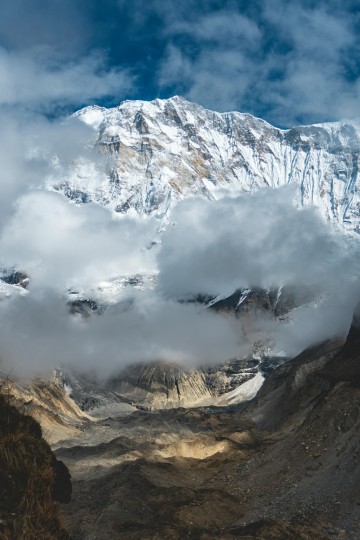
Discover the majestic peaks of the Annapurna Circuit, a trek offering breathtaking views, diverse landscapes, and a journey through Nepal's rich culture.
Best Time to Trek and Weather Conditions on the Annapurna Circuit
Choosing the best season for trekking the Annapurna Circuit is one of the toughest decisions you'll face. In this guide, we provide tips on the optimal time to hike the Annapurna Circuit, highlighting the best months and the ideal periods to visit this renowned region in Nepal.
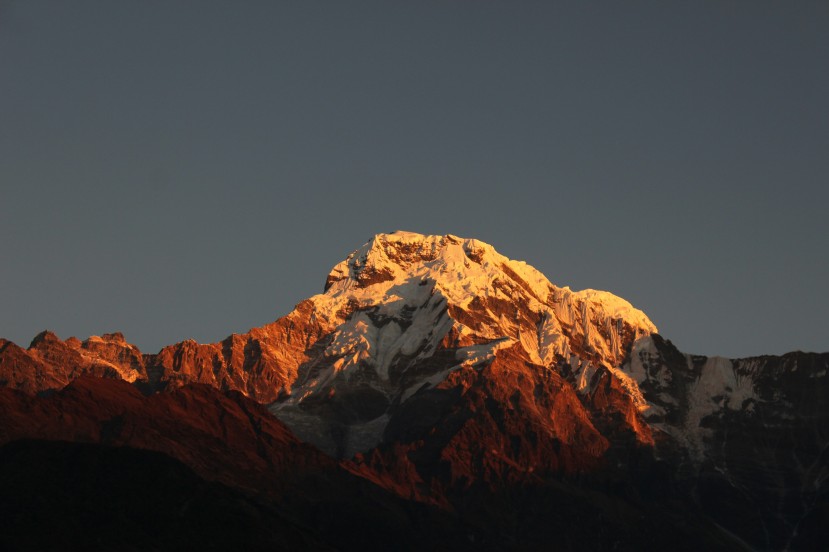
Experience the enchanting sunset over the Annapurna Range, where golden hues illuminate the majestic peaks, creating a breathtaking and serene Himalayan view.
Best Time to Trek
The Annapurna Circuit is renowned as one of the world’s premier trekking routes. It traverses a diverse range of altitudes and climates, showcasing an impressive array of flora and fauna. The trek passes through both Hindu and Tibetan villages and offers stunning natural beauty, from subtropical landscapes to the high, arid terrain resembling the Tibetan Plateau. The best times to trek the Annapurna Circuit are from September to December and from March to May. During these periods, the weather is typically clear, offering spectacular views.
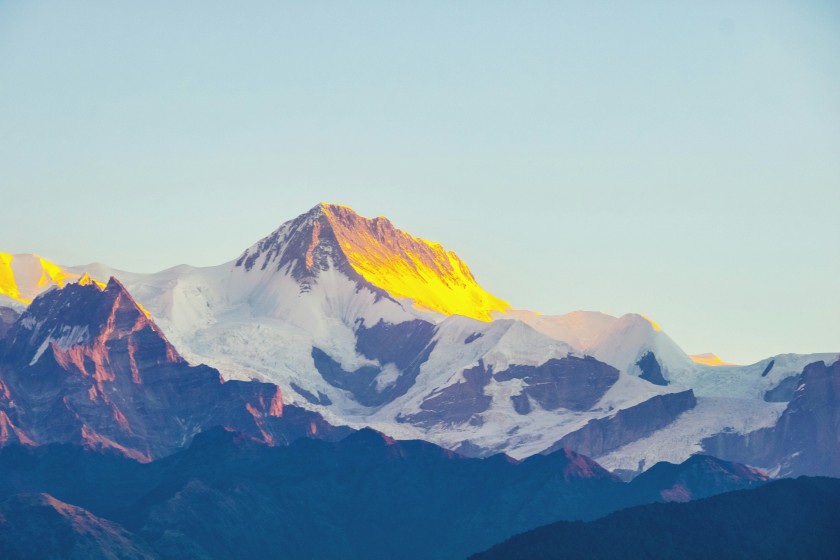
Bask in the golden hour on the Annapurna Circuit, where the sun casts its warm glow over rugged peaks and tranquil landscapes, creating a magical trekking experience.
Weather Conditions
Spring (March to May)
The weather is generally stable and dry with clear skies, warm days, and chilly nights. Early spring and cloudy days can be quite cold, especially at higher altitudes.
Autumn (September to November)
This season provides stable and clear weather but attracts the highest number of trekkers. The Manang area experiences a dry zone, which, while less dramatic in scenery, makes for more comfortable trekking conditions.
Summer Monsoon (June to August)
The trail becomes slippery due to rain, and river crossings can become difficult. Leeches are common, and trails can be obscured by vegetation. Avalanches can also pose a risk.
Winter (December to February)
It gets very cold, but there are fewer trekkers. This period also offers some opportunities for high-altitude skiing.
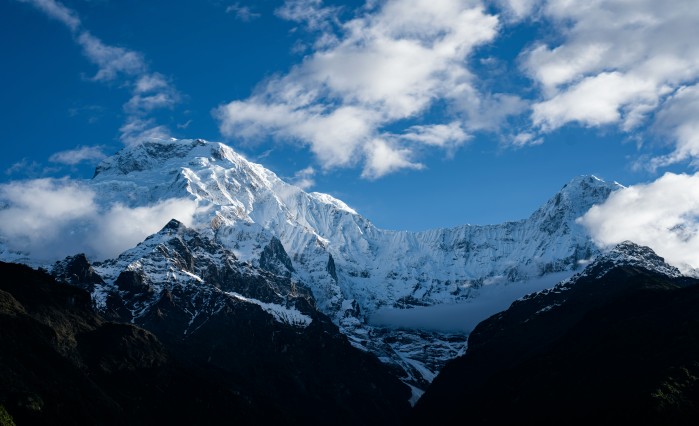
Weather in the Annapurna Circuit varies greatly, with warm valleys, cool breezes, and unpredictable conditions in higher altitudes, adding excitement to the adventure.
Required Permits and Documentation for the Annapurna Circuit Trek
When planning your trek on the Annapurna Circuit, obtaining the necessary permits and documentation is a crucial step to ensure a smooth and hassle-free experience. There are two primary permits you need to secure:
1. Annapurna Conservation Area Permit (ACAP)
The Annapurna Conservation Area Permit (ACAP) is mandatory for anyone trekking in the Annapurna Conservation Area. This permit grants you access to the conservation area, which is a protected zone known for its diverse flora, fauna, and stunning landscapes. The ACAP helps fund conservation efforts and supports local communities.
You can obtain the ACAP in Kathmandu or Pokhara. The permits are usually issued by the Nepal Tourism Board (NTB) offices located in these cities. The fee for the ACAP varies depending on the season and your nationality. It’s advisable to check the latest fees and regulations before applying. To get the ACAP, you'll need a valid passport, a passport-sized photograph, and payment for the permit fee.
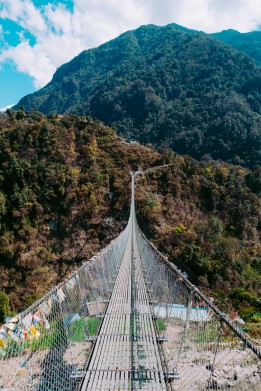
Discover Annapurna's beauty with trails weaving through majestic landscapes, offering breathtaking views and unforgettable trekking experiences.
2. Trekkers’ Information Management System (TIMS) Card
The Trekkers’ Information Management System (TIMS) Card is another essential permit for trekking in Nepal, including the Annapurna Circuit. The TIMS Card helps with the tracking of trekkers for safety purposes and allows authorities to manage and monitor trekking activities in the region. The TIMS Card can be obtained from the Nepal Tourism Board offices in Kathmandu and Pokhara, or through authorized trekking agencies. The TIMS Card fee also varies based on the trekking season and your nationality. Be sure to verify the current fees before application.
To apply for the TIMS Card, you’ll need a valid passport, a passport-sized photograph, and payment for the card. Additionally, you will need to fill out a form providing details about your trek and emergency contact information.
Obtaining these permits is not just a formality but a critical requirement for ensuring safety, supporting conservation efforts, and preserving the local culture. The permits also help maintain the quality of trekking routes and promote responsible tourism practices.
By following these steps and obtaining the necessary permits, you will be well-prepared for an incredible trek on the Annapurna Circuit, allowing you to fully enjoy the breathtaking landscapes and rich cultural experiences this region has to offer.
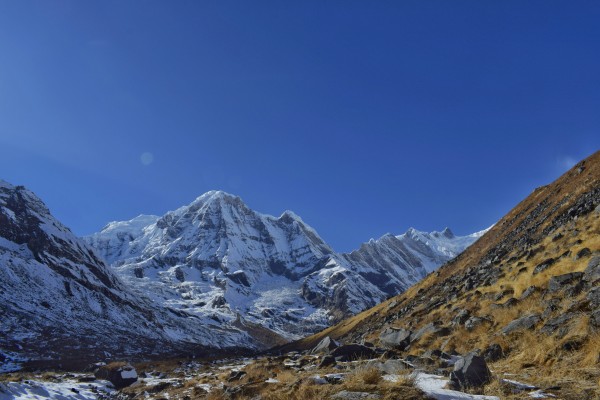
Explore the Annapurna Circuit's lush greenery, where vibrant landscapes and serene trails offer a refreshing trekking experience amidst nature's finest.
Luggage (Gears, weight, and other requirements)
The difficulty of trekking largely depends on how well you pack. Carrying unnecessary items can weigh you down and make the trek more challenging, while forgetting essential items can make your journey uncomfortable or even problematic.
Since the Annapurna Circuit trek spans about three weeks through remote areas, you might not have access to items you forgot to pack. To ease your trek and ensure a smooth journey, packing wisely is crucial.
Here is a recommended list of items to consider for your trekking journey:
Clothing and Essentials for the Annapurna Circuit Trek
The Annapurna Circuit Trek features a variety of landscapes, which means you'll experience different weather conditions based on altitude and terrain. It's important to pack appropriately based on your body type and the weather you might encounter.
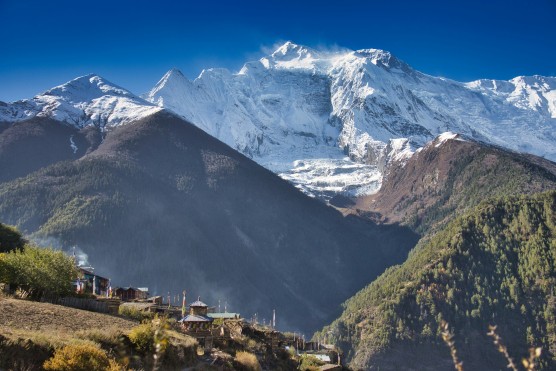
Witness the majestic Annapurna peaks under clear blue skies, a breathtaking panorama that captures the serene beauty of the Himalayas.
Here is a recommended list of clothing and essentials to bring:
Clothing
- Lightweight insulating jacket
- Rain jacket and rain trousers
- Hiking shirts
- Trekking pants
- Hiking underwear
- Trekking socks
- Trekking boots
- Hiking sandals
- Gloves
- Sun hat
Other Accessories
- Polarized sunglasses
- Headlamp and batteries
- Alarm clock
- Sleeping bag
- Camera and batteries
- Battery chargers
- Extra batteries
- Energy bars
- Chocolates
- Water bottle
- Trekking poles
- First aid kit (including medications for altitude sickness, diarrhea, cold, nausea, etc.)
Hygiene and Toiletries
- Sunscreen lotion
- Moisturizer
- Lip balm
- Body powder
- Shampoo
- Soap
- Towel
- Toilet paper
- Hand sanitizer
- Nail clippers
- Toothpaste and toothbrush
Important Documents
- Trekking permits
- Passport
- Sufficient local currency (ATMs are scarce in remote areas)
Avoid carrying gadgets like laptops, iPads, or speakers, as they can be cumbersome. Also, try not to pack heavy clothing to keep your backpack manageable.
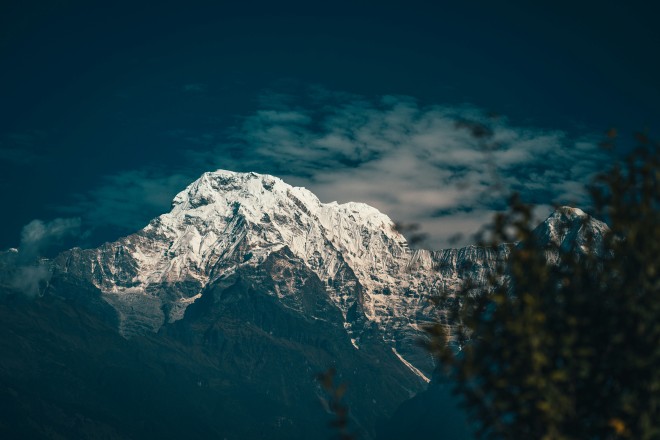
Discover a tranquil village nestled amidst the towering Annapurna peaks, offering serene views and a peaceful retreat in the heart of the Himalayas.
Conclusion
The Annapurna Circuit Trek offers a remarkable adventure through stunning landscapes encircling the Annapurna mountain range. It's ideal for trekking enthusiasts who want to connect with nature and embrace adventure.
Proper acclimatization is essential as you reach higher altitudes, so follow the guidance of your trekking guide or group leader.
In the end, you'll have the chance to see the world’s 10th highest peak, Mount Annapurna, up close and enjoy breathtaking 360-degree views of other iconic peaks. Overcoming the challenges of the Annapurna Circuit Trek is a significant achievement and a source of great pride.
For more information about the trek, please contact us. We're happy to provide detailed information and assist with your planning.
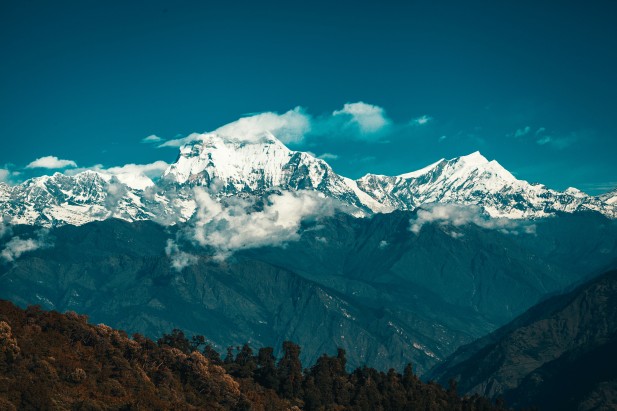
Experience the challenging yet rewarding terrain of the Annapurna Circuit, where dramatic landscapes and high-altitude trails offer an unforgettable Himalayan adventure.
FAQ
How long does the Annapurna Circuit Trek take?
The trek typically takes around 15 to 20 days to complete, depending on your pace and the itinerary you choose. This includes acclimatization days and rest periods.
Are there accommodations available on the trek?
Yes, there are teahouses (lodges) along the route offering basic accommodation and meals. They provide a place to sleep and eat, though the facilities can vary from place to place.
What kind of food can I expect on the trek?
Teahouses typically offer a variety of foods, including local Nepali dishes (dal bhat, momo) and international options (noodles, pasta). You can find both vegetarian and non-vegetarian meals.
Can I trek the Annapurna Circuit solo?
While it is possible to trek solo, it is generally recommended to go with a guide or as part of a group for safety and support, especially given the challenges and potential risks associated with high-altitude trekking.
How much does the Annapurna Circuit Trek cost?
The cost can vary widely depending on factors like the duration of your trek, whether you hire a guide or porter, and your choice of accommodations. On average, it can range from $500 to $1,500 USD for the trek, excluding international flights and personal expenses.
Popular Packages of Annapurna Region
Recent Blog Posts
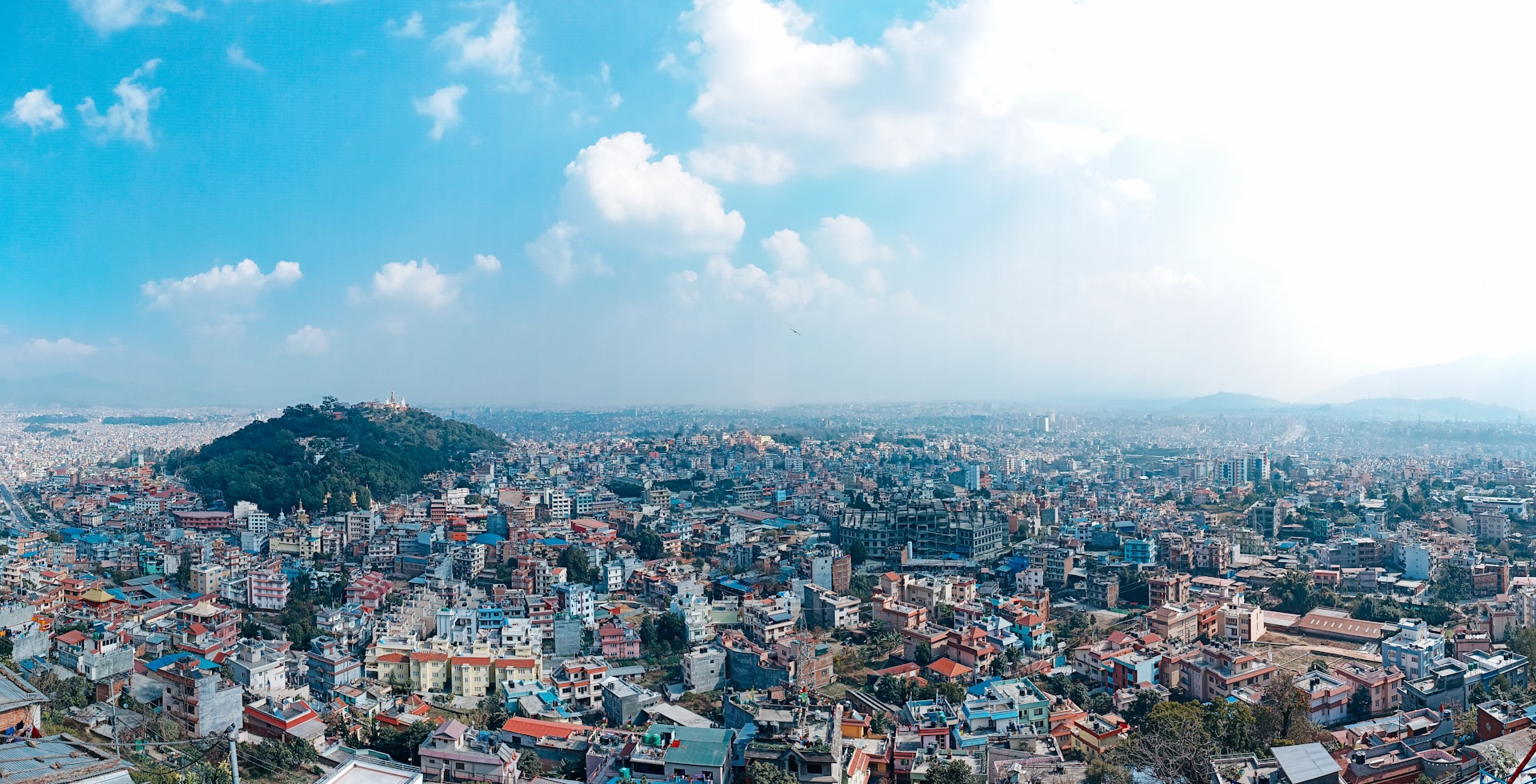
Kathmandu Valley: Exploring the Capital of Nepal
Jun 15, 2025
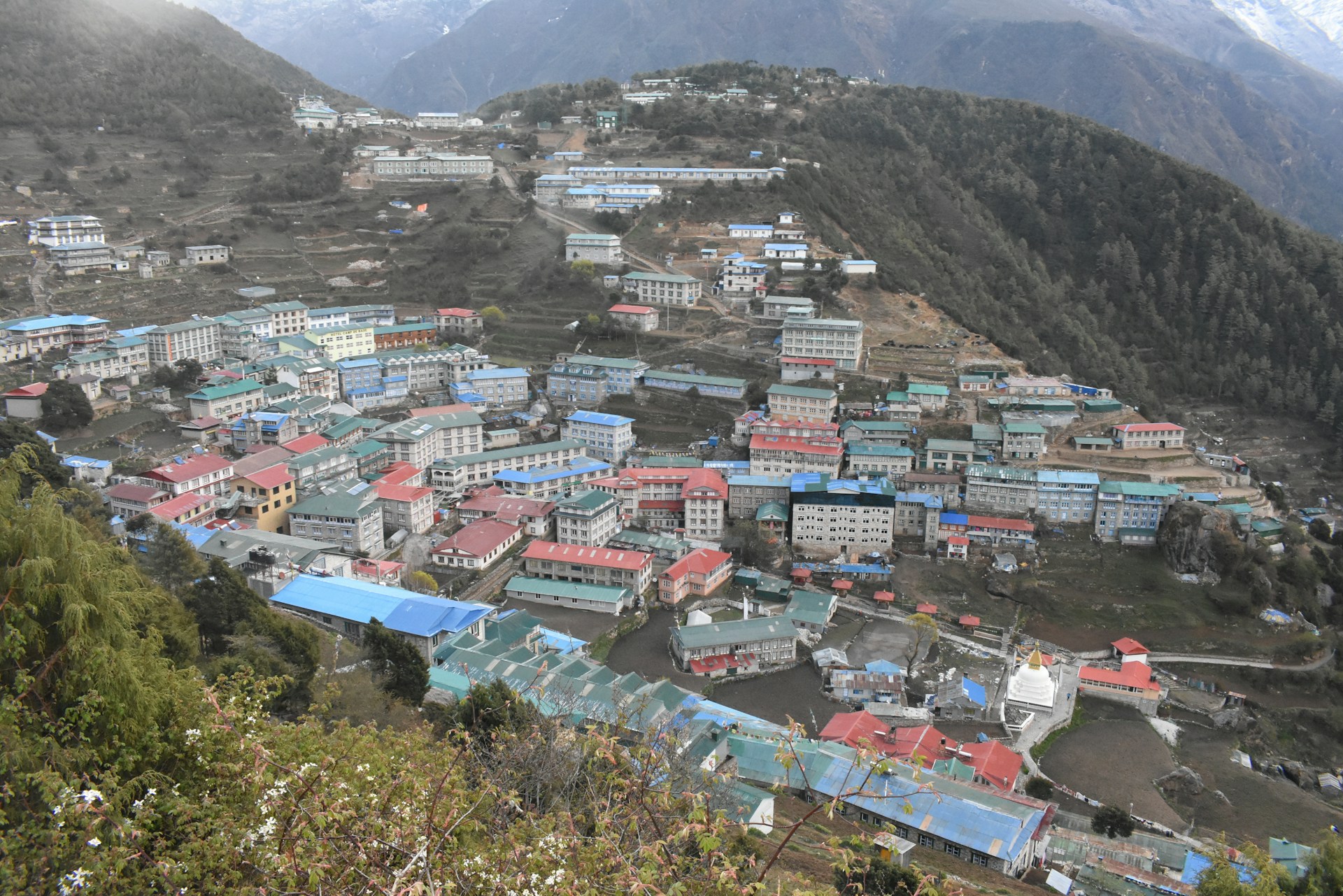
Namche Bazaar: What to Expect in the Sherpa Capital
May 20, 2025
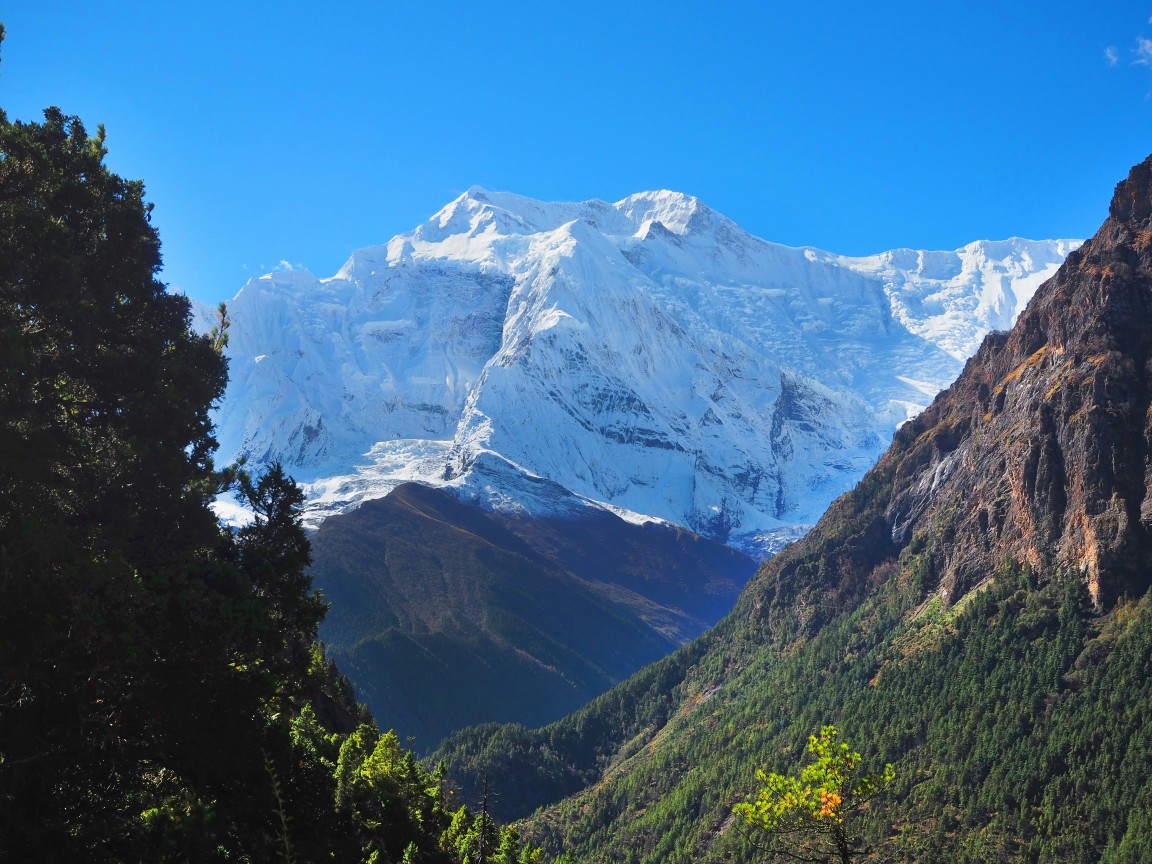
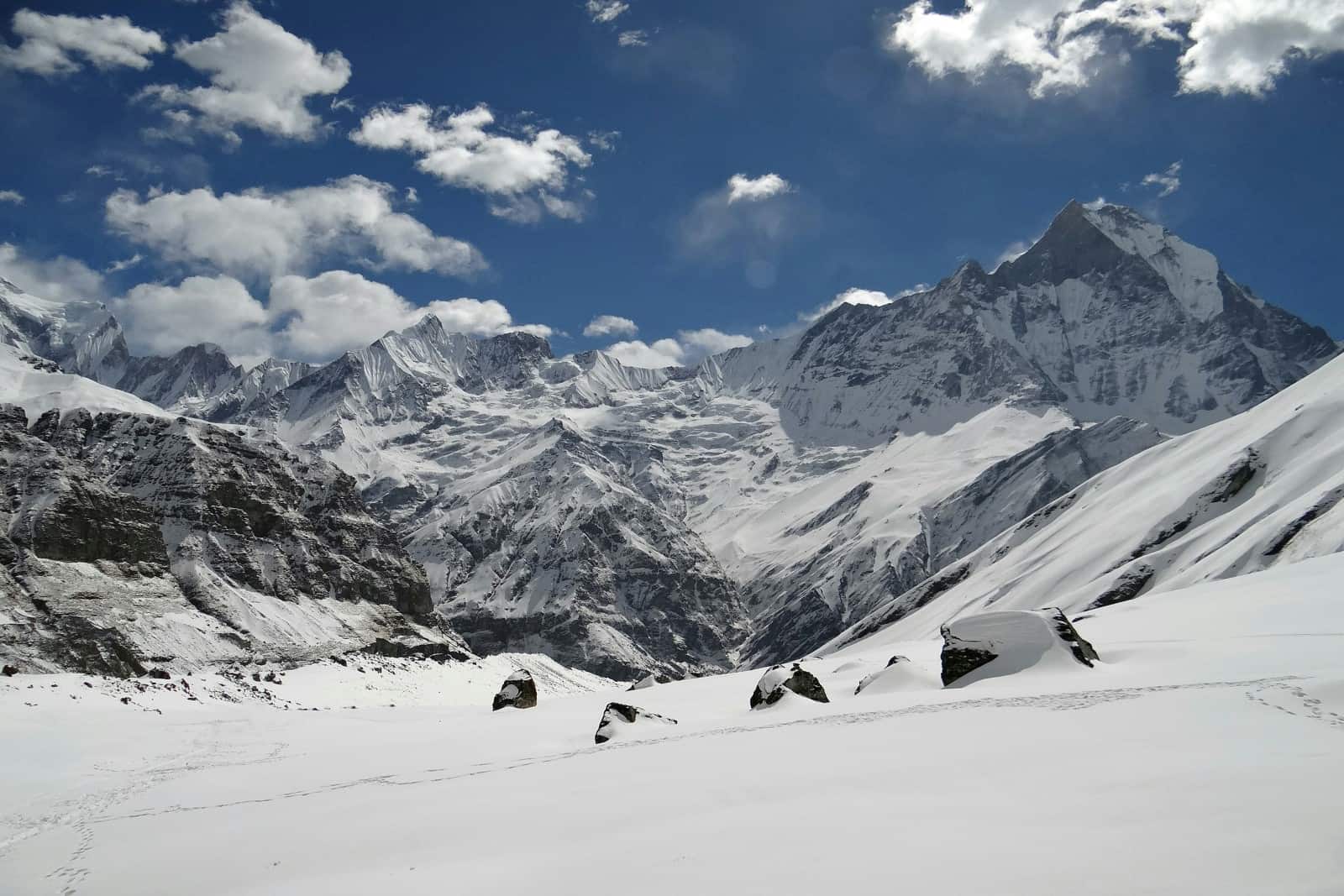

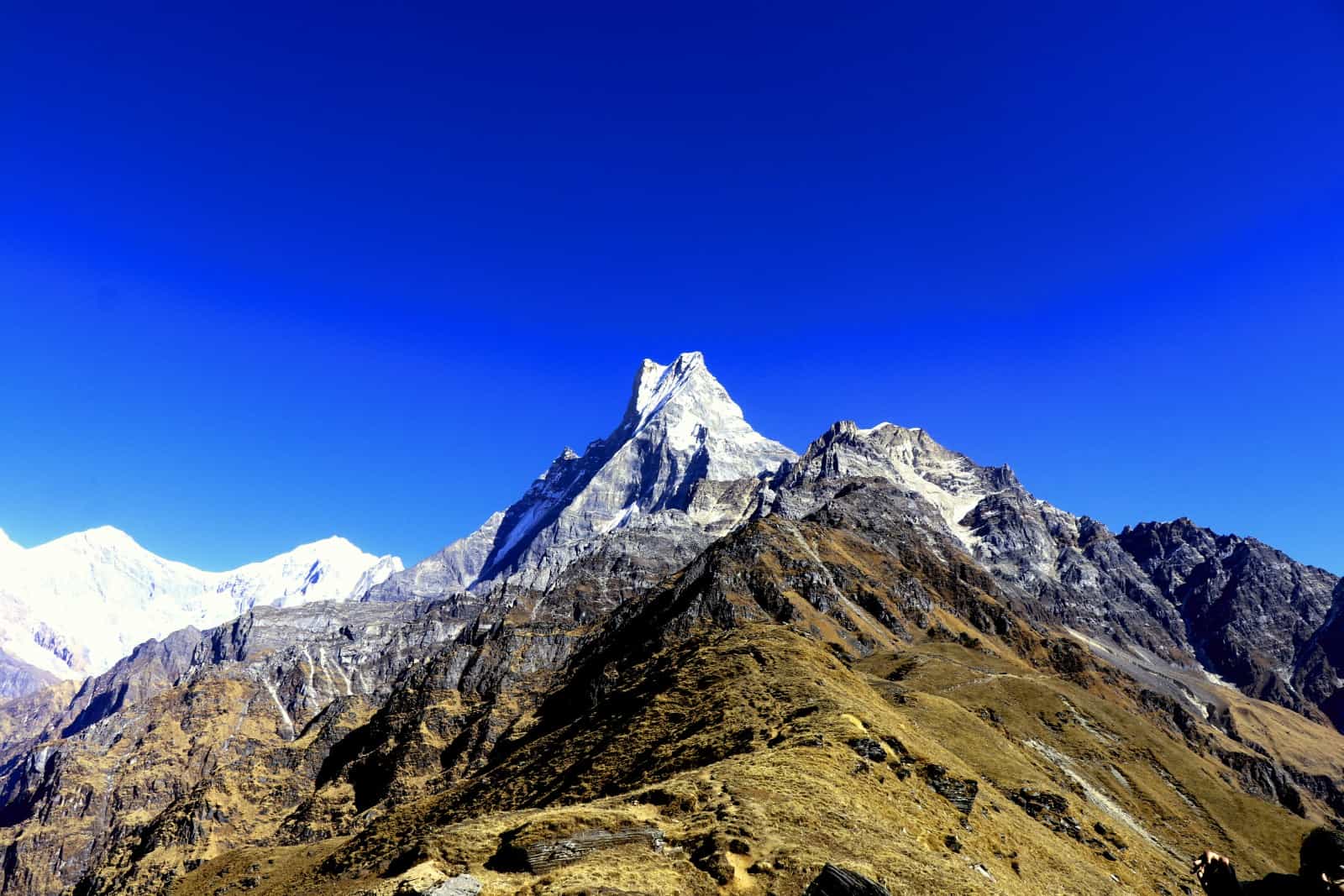
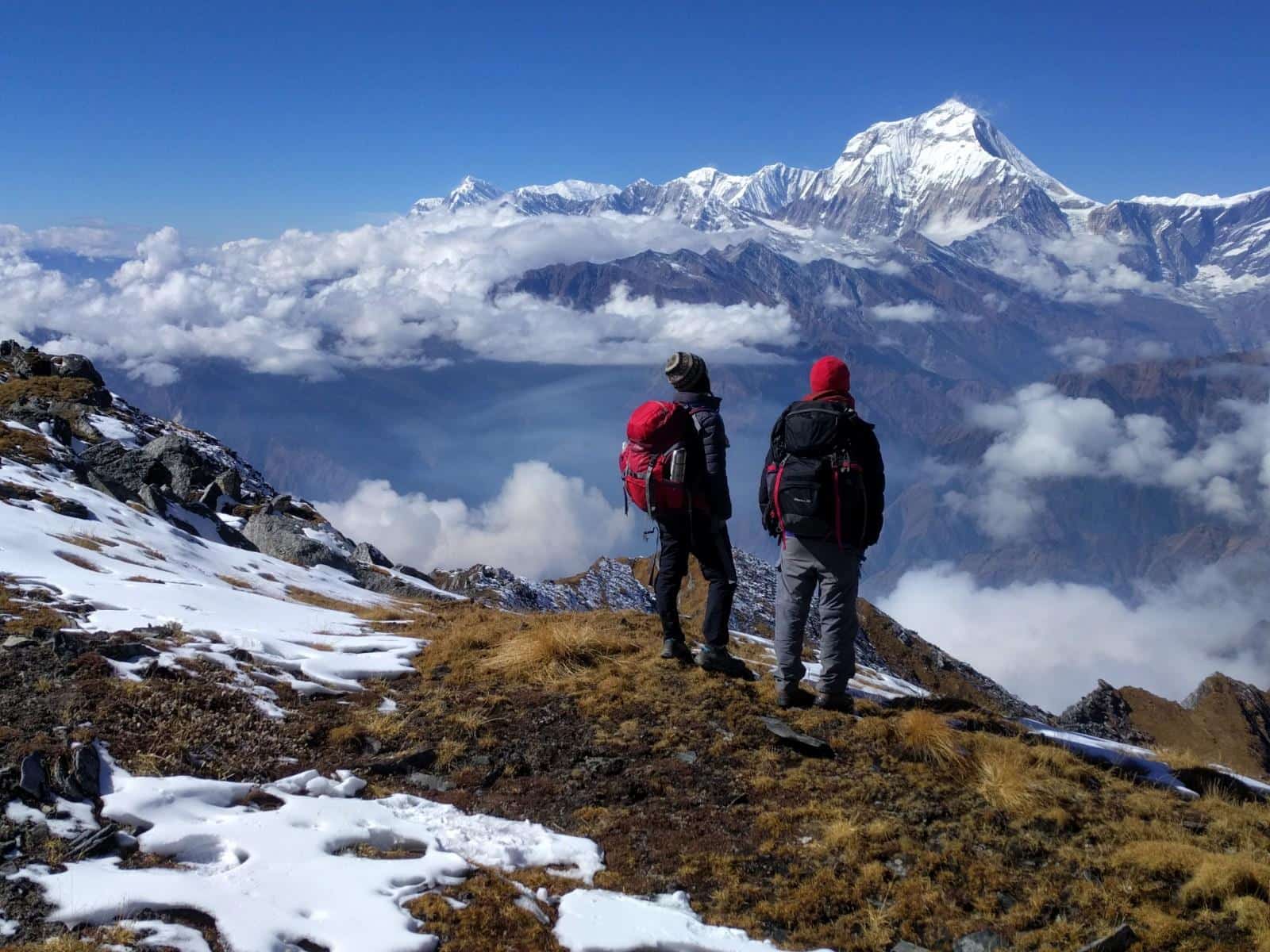
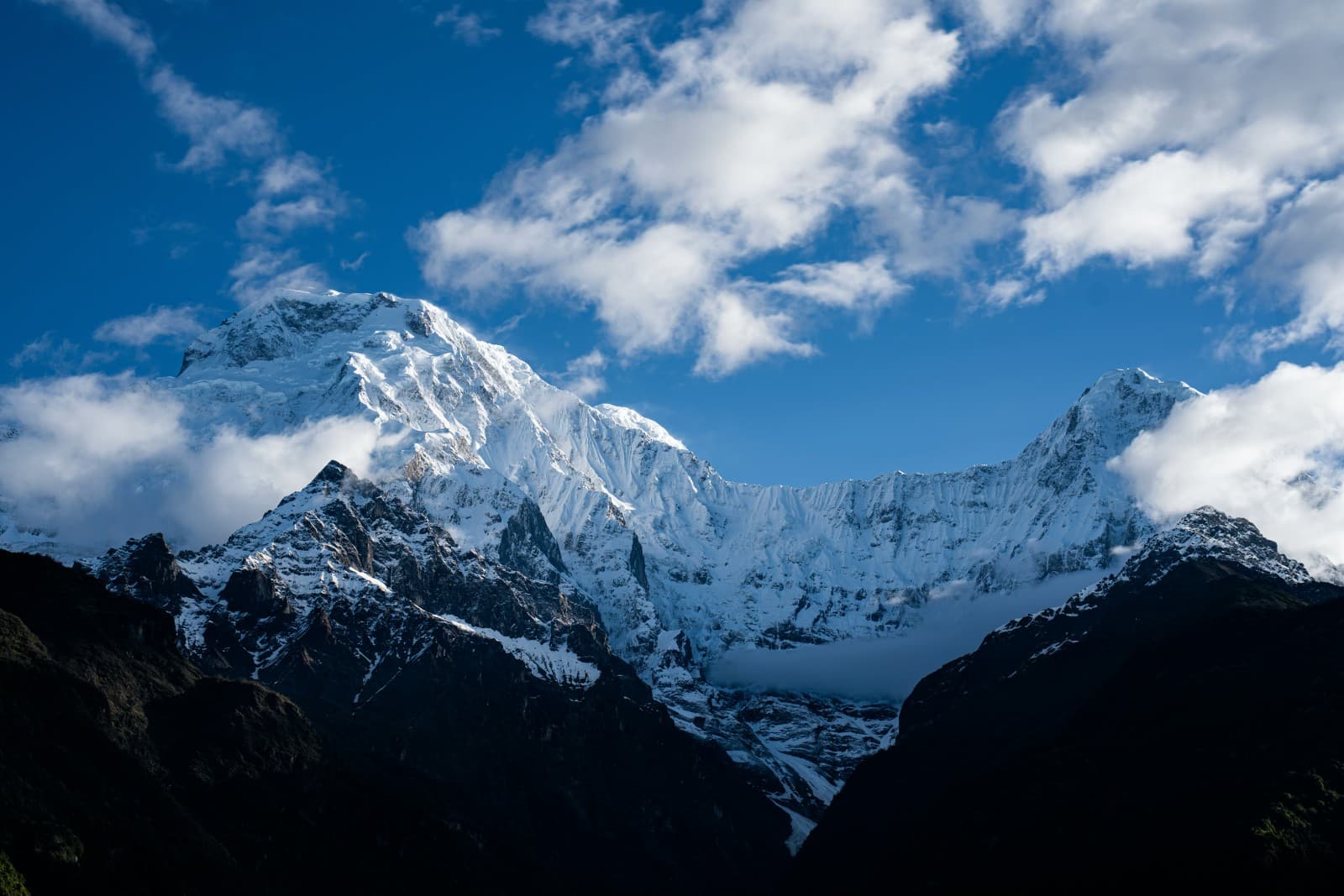
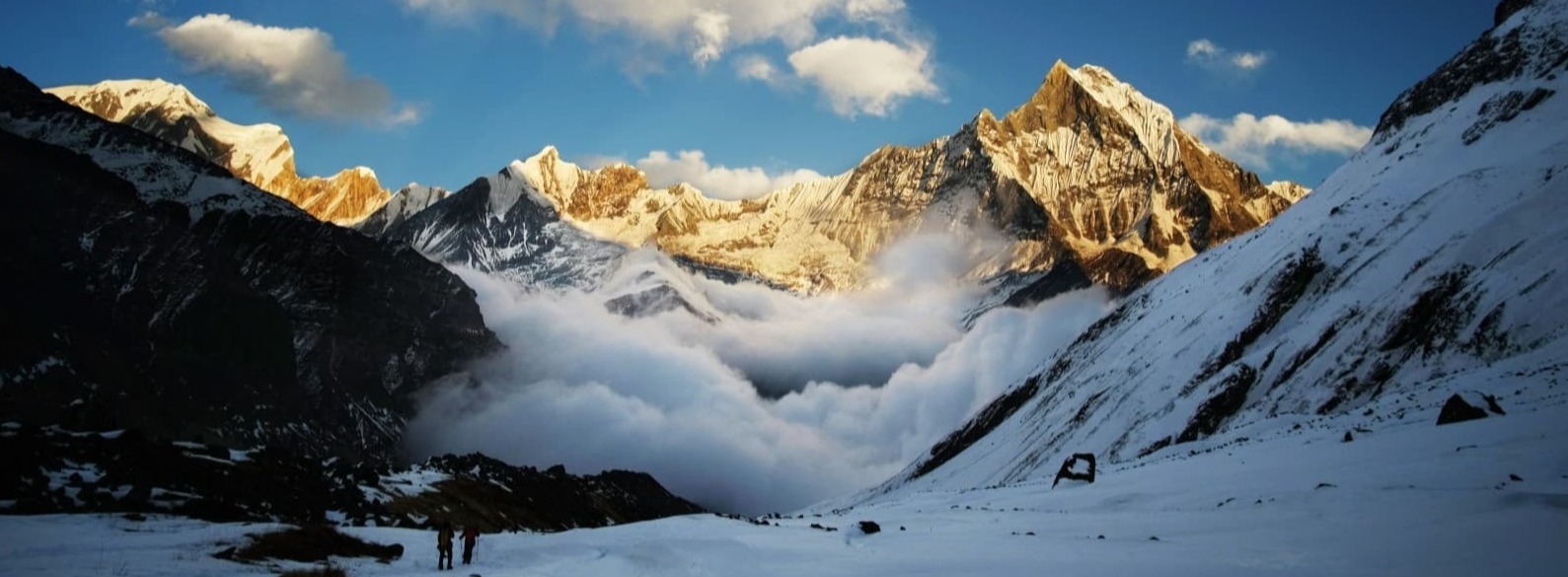
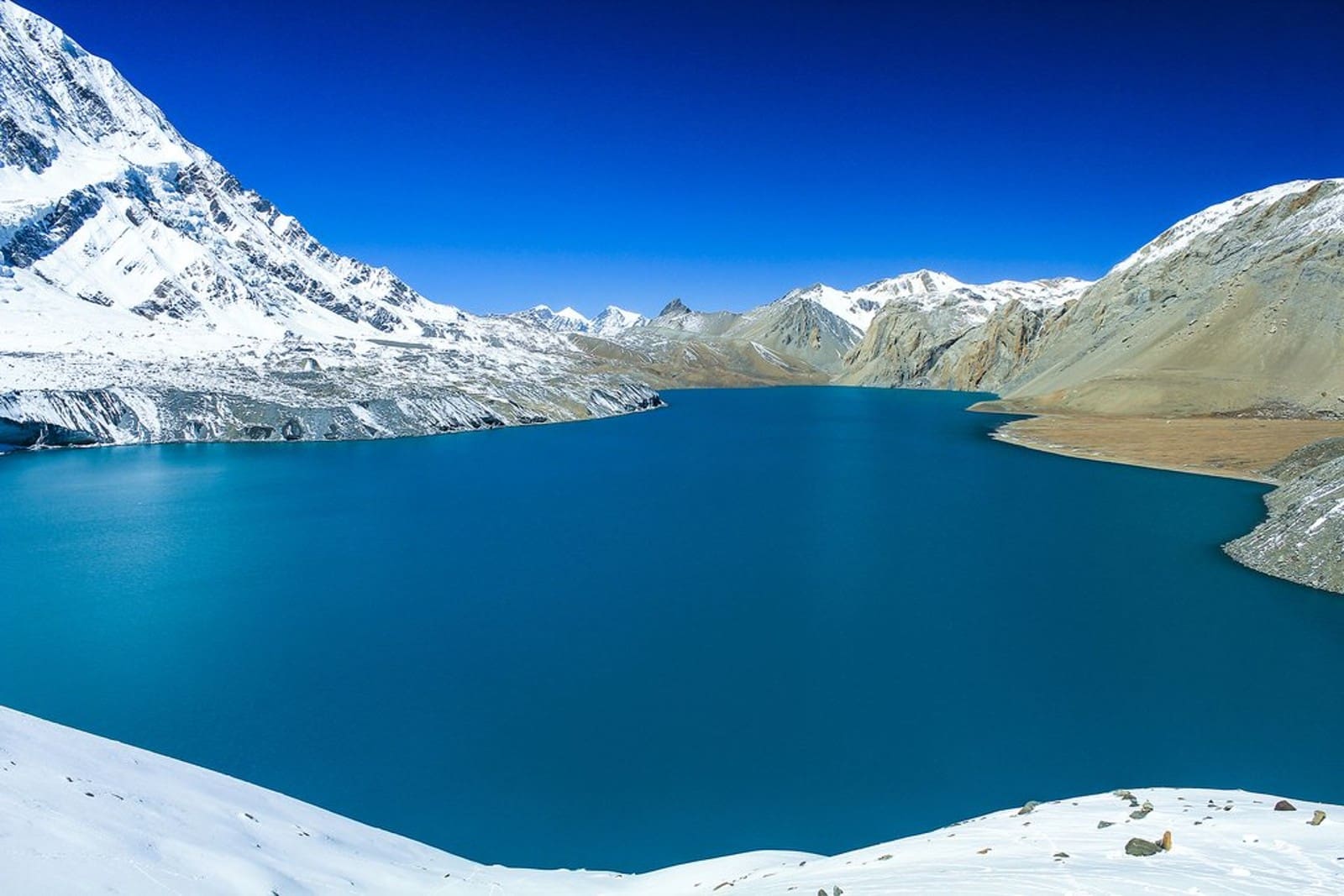
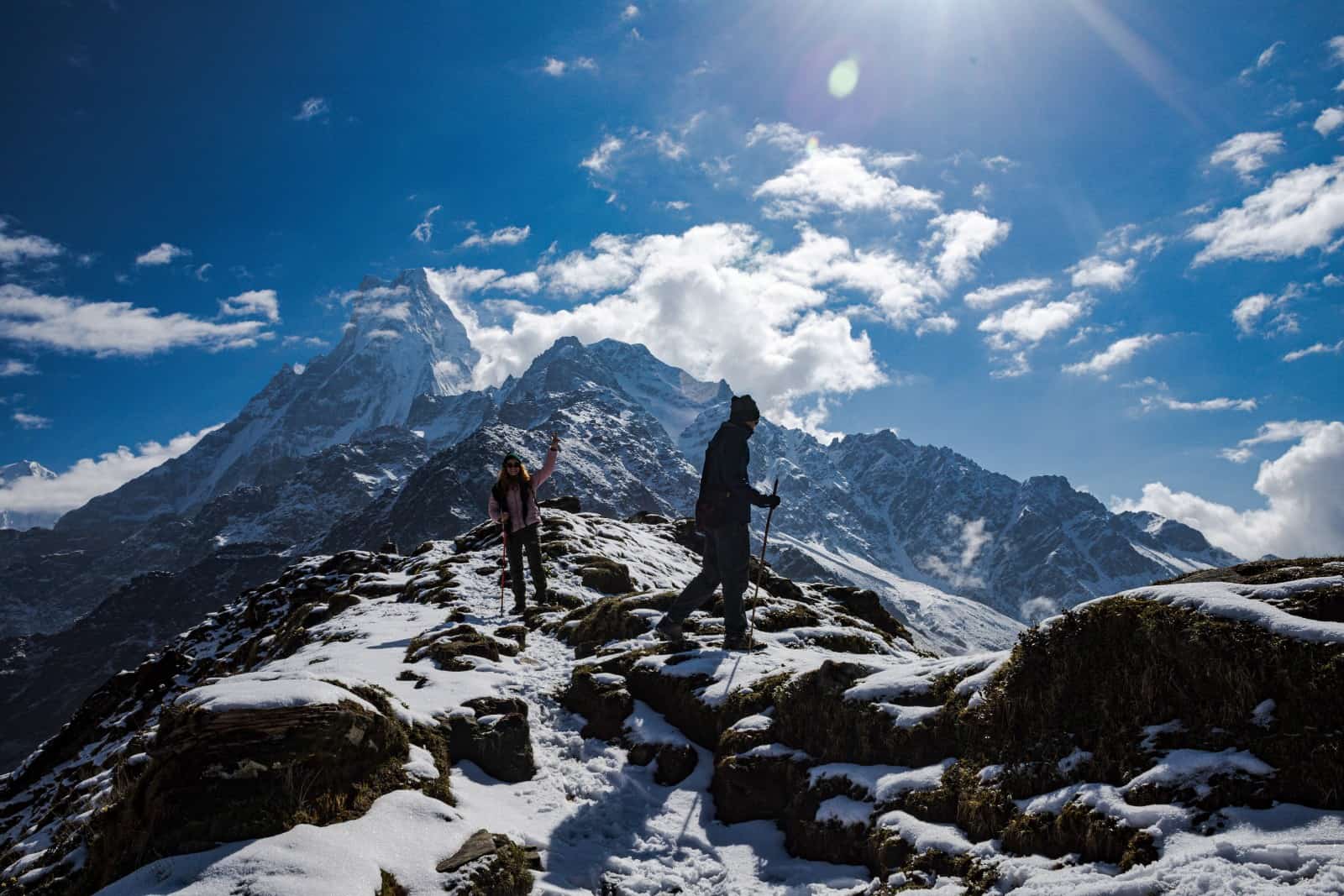
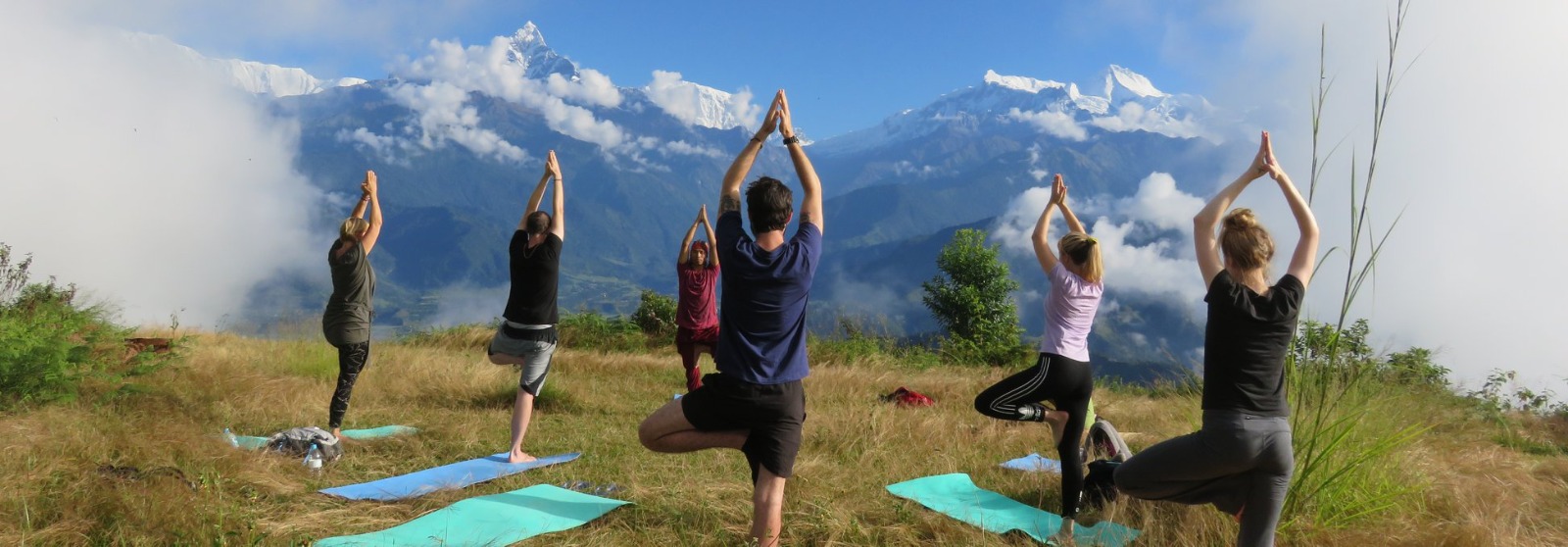
.jpg)

